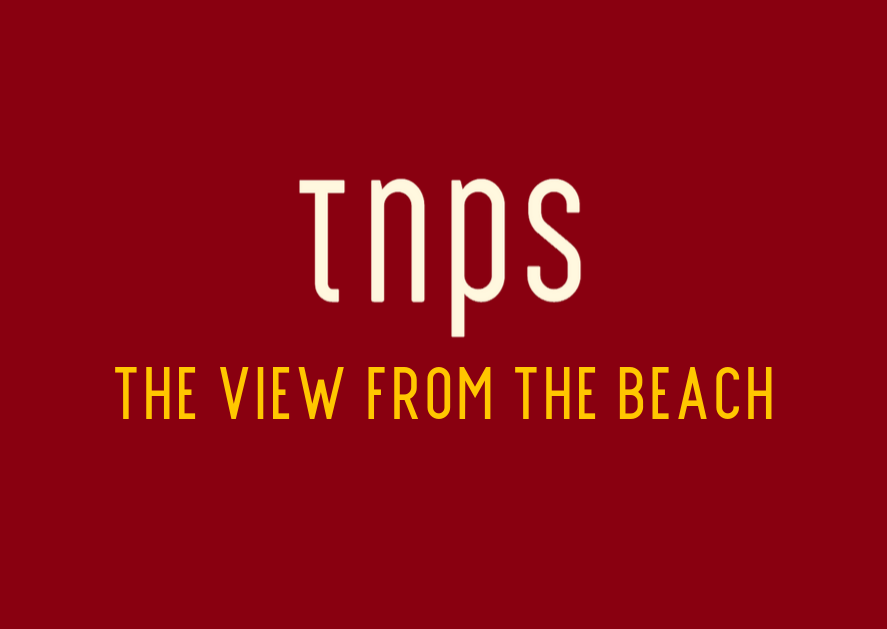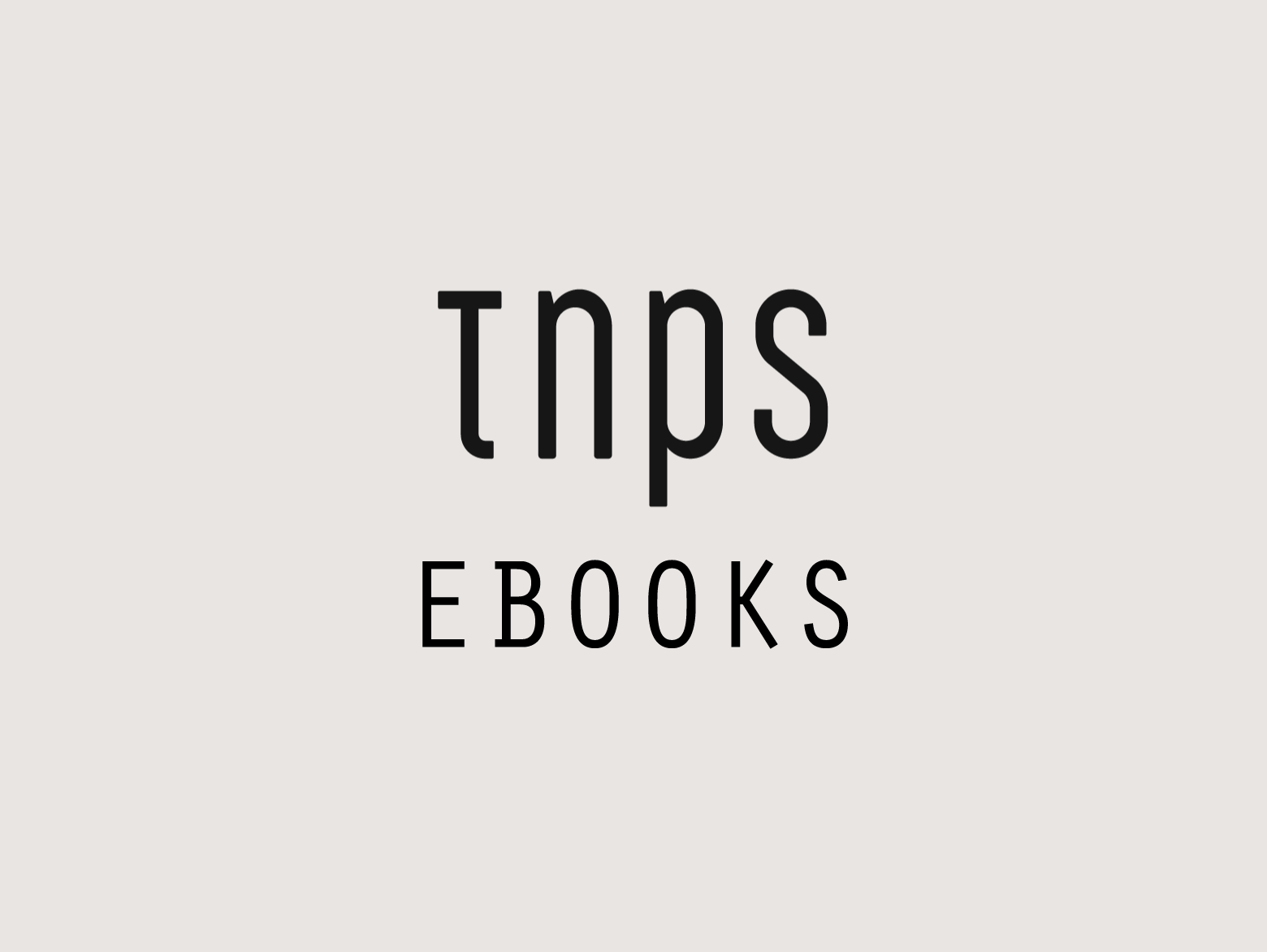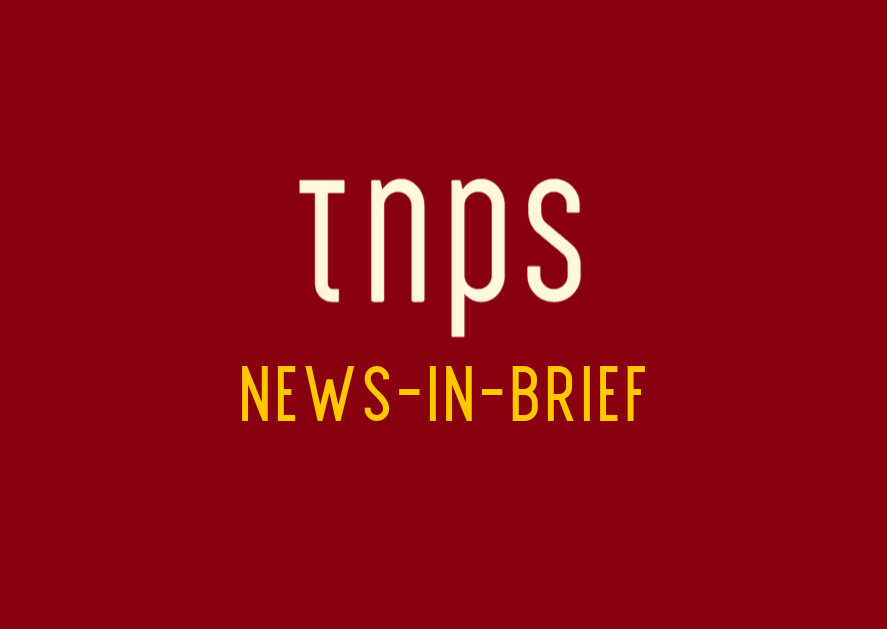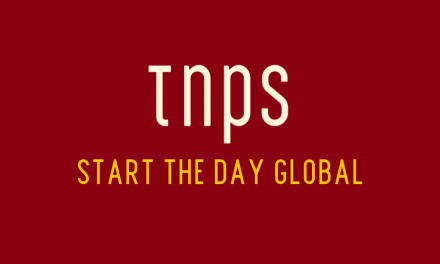What we need to see next is Tamblyn at the Sharjah International Book Fair alongside Bodour al Qasimi as she winds down her IPA presidency, unveiling a truly meaningful Kobo MENA operation that will put Arabic language and culture in its rightful place in the digital publishing mainstream.
Arabic has been a supported ebook language for Amazon, Google Play and Kobo for a long while now. Kobo devices have been available in some MENA countries for many years, Kindle devices are sold on Amazon Egypt, Amazon UAE and Amazon Saudi Arabia. Google Play has its own notional platforms in the core Middle East countries, with Egypt a token presence in North Africa.
But does it all mean anything? Not really.
Amazon customers on Amazon UAE, Amazon Saudi Arabia and Amazon Egypt are sent to the US Kindle store to choose from a handful of ebooks in Arabic. Google Play never really got beyond the “being there” stage with its MENA project. And Kobo never managed to follow up its early venture into device placement in the Middle East with language support mechanisms and localised content. Arabic was just one among hundreds of notionally-supported languages on Kobo that actually had no support.
That all changes later this year as Kobo CEO Michael Tamblyn pointed out in a keynote speech at the Abu Dhabi International Congress of Arab Publishing and Creative Industries earlier this month.
Tamblyn was short on detail – his audience wanted to hear broad strokes, not minutiae – but we can reasonable assume this means Kobo will now finally allocate the MENA Arab-speaking markets their own section on the Kobo choose your country pages.
But will that be enough to give the exciting Middle East North Africa Arabic-language markets the globally platform they so desperately need and deserve?
Michael Tamblyn’s commitment to the global markets and a world-class digital books eco-system is not in doubt, and Kobo does not lie when it says it hosts around seven million titles in 76 languages, delivering eBooks to 190 countries worldwide.
But aspirations and actions are always two different things, and rarely perfectly align. Kobo ebooks can and reportedly have been sold in 190 countries, but 76 languages is a drop in the ocean in global terms, and of course only a handful of those 76 languages are meaningfully supported.
Here’s the thing: At the moment Kobo offers dedicated country pages with localised or semi-localised offerings for vaguely defined regions:
USA and Canada have their own section and of course deliver exactly what is says on the tin. No issues there.
Latin America sounds grand until we realise it means two countries: Brazil and Mexico. But at least there is localised content and a meaningful presence.
For Europe 24 EU countries are shown, but while many are in the local language with localised content (UK, France, Germany, Netherlands, Italy and others), the reality is the majority of these Kobo EU country pages – Greece for example – are in English with a handful of (in this example) Greek-language books on offer but only for Greeks who know enough English to navigate the site.
Then there’s the amusingly-titled India and Africa section, where two countries are options – India, only in English, and South Africa, also only in English.
In neither country is English the majority language, or even close.
There’s a token nod to Afrikaans content on the South Africa page (Afrikaans also being a minority language in South Africa), and of course South Africa is just one of over 50 countries in Africa.
While on the India page it’s mostly English with a token section for “Indian language” content where all the titles are transcribed to English as there is no navigation option in Hindi or any other of India’s myriad language that outnumber English speakers by literally hundreds of millions.
Asia Pacific – which embraces Singapore, Thailand, Philippines, Hong Kong, Taiwan, New Zealand and Australia does not fare much better – worse in some cases. Of course New Zealand and Australia get the Kobo-love they deserve. But the others, not so much.
Taking Thailand as the example here, the Kobo Thailand home page is of course in English, not Thai, and bizarrely features titles in Japanese to entice Thai readers.
This all leaves the big question: Will we start 2023 with a MENA region on the choose-your-country-page with a fully supported Arab markets eco-system, or will it be a token affair such as we see now across parts of Europe or APAC?
And will MENA and the Arabic-language markets truly mean MENA and the Arabic-language markets or will it just be the core Middle East states we see notionally served by Google Play and Amazon?
It would be beyond wonderful to see a MENA section with all the MENA markets listed, from the Gulf states in the east to Algeria, Morocco and Western Sahara in the west, and it would be wonderful with a cherry on top to see the Kobo Plus ebook subscription service rolled out across the MENA markets.
Tamblyn has taken a bold and unprecedented first-step in recognising the potential of the region and the power and legitimacy of the Arabic-language as a global language, and has done so in person at the region’s most important trade-facing event. It’s been a long time coming.
What we need to see next is Tamblyn at the Sharjah International Book Fair alongside Bodour al Qasimi as she winds down her IPA presidency, unveiling a truly meaningful Kobo MENA operation that will put Arabic language and culture in its rightful place in the world’s digital publishing mainstream.
Anything less would be a tragedy.





